A Golden Field: Why Indonesia’s 2025 Rice Harvest Is a Cause for Celebration
In the sprawling green plains of Indonesia, something remarkable is happening. The 2025 rice harvest, emerging from fields across the archipelago, is drawing praise from experts and with good reason.
Dr. Rizky Fajar Meirawan, a respected public policy analyst at Spora Communication, described it as “layak diapresiasi publik” a yield truly worthy of public celebration . It’s not just about numbers on a chart; it’s about the heartbeat of a nation finding its rhythm again.
🍚 From Crisis to Comeback: A Harvest Story
Let’s rewind a bit. Last decade, Indonesia faced growing concerns over rice production. Erratic weather patterns, pest outbreaks, and rising input costs took their toll. Farmers in Java, Sumatra, and beyond grappled with fluctuating harvests, jeopardizing local food security.
Then came a string of policy interventions: improved seed varieties, investments in modern irrigation, expanded agricultural extension services, and better price guarantees. By 2025, these reforms were showing results but the scale of the yield still surprised many.
When Dr. Rizky applauded the outcome, he wasn’t speaking hyperbolically. Across countless fields, paddy clusters plump and heavy signaled resilient plants and well-timed harvests. For Indonesia, that translates to more rice on the table and greater confidence in its farming communities.
🏛️ Policy in Play: Seeds, Support, and Stability
So, how did Indonesia go from managing shortages to celebrating surpluses?
-
High-yield seed varieties
New strains that weathered pests and chemicals helped lift yields often by 10–20%. -
Irrigation expansion
Farmers saw access to reliable water surge, moving from rain-dependent planting to year-round production cycles. -
Farmer training & subsidies
Government workshops and subsidies helped smallholders adopt best practices in planting, pest control, and harvesting efficiency. -
Market support systems
Through price guarantees and buffer stock buys, Indonesia removed much of the financial guessing farmers knew what their crop would fetch.
All of this combined helped tip the balance toward stable, high-quality output in 2025.
🧑🌾 On the Ground: Voices from the Fields
Over in Central Java, farmer Agus Santoso (48) walks among tall paddy plants. He says this year felt different: “The grains were full, nearly twice the size compared to two years ago.” Agus attributes it to timely fertilizer assistance and better pest control.
Meanwhile, in South Sulawesi, farmer Siti Aminah shares a similar story: “We had no delay in irrigation water during flowering season usually a headache for us. This year the government pumps did not fail us.”
🌐 National Impacts: Food Security and Beyond
A bountiful harvest doesn’t just benefit farmers it reverberates across the economy:
-
Stable rice prices at the local market benefit consumers, especially low-income households.
-
Decreased import needs, meaning Indonesia can redirect foreign exchange to other sectors.
-
Rural prosperity boosts, with money flowing into village businesses and public services.
-
Policy validation: results such as this reinforce ongoing programs, encouraging further investment in agriculture.
⚠️ But Watch This Space
While Dr. Rizky’s praise is well-earned, a single year’s success doesn’t guarantee continued resilience. Challenges remain:
-
Climate change threatens future harvest stability with more floods, droughts, and extreme weather.
-
Rising production costs could narrow farmers’ profit margins if not kept in check.
-
Land use pressure from urbanization and infrastructure projects still looms large.
Some villages, buoyed by this year’s success, are already experimenting with double-cropping planting more than once a year. Others are turning to rice-DUCK integration (the Aigamo method) for ecological gains a trend worth watching.
✅ A Field of Hope
Indonesia’s 2025 rice harvest isn’t just a data point it’s a milestone. It signals that with the right seeds, good infrastructure, smart policies, and engaged farmers, the country can cultivate both abundance and autonomy.
Experts like Dr. Rizky are right to give credit where it’s due and to remind us: this is more than a harvest. It’s hope taking root in the furrows of Indonesia’s future.
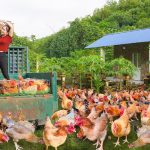
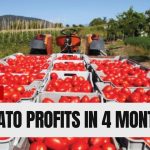
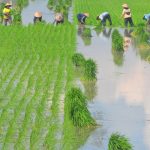
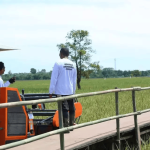

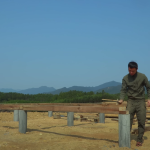
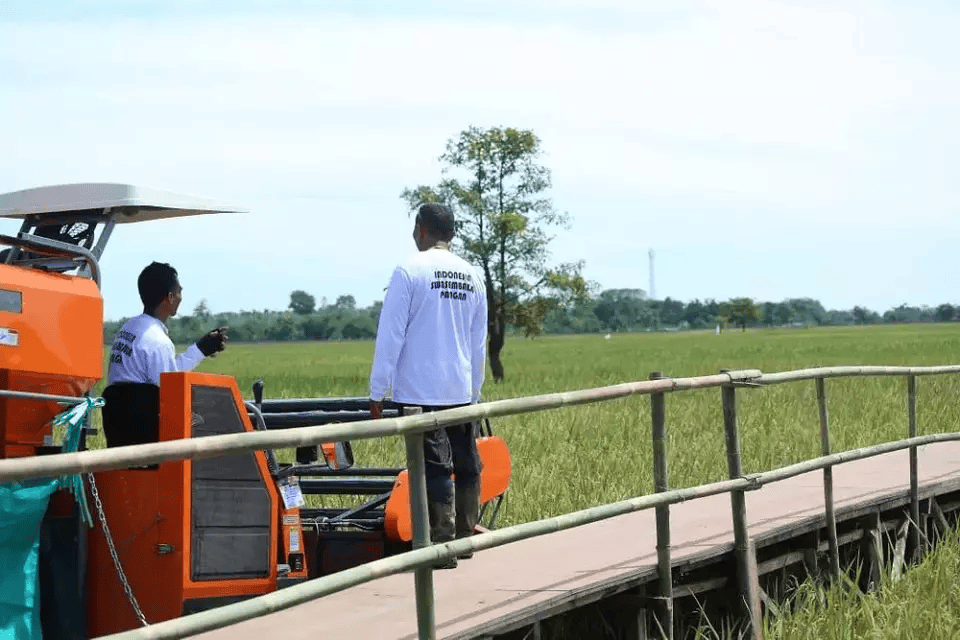
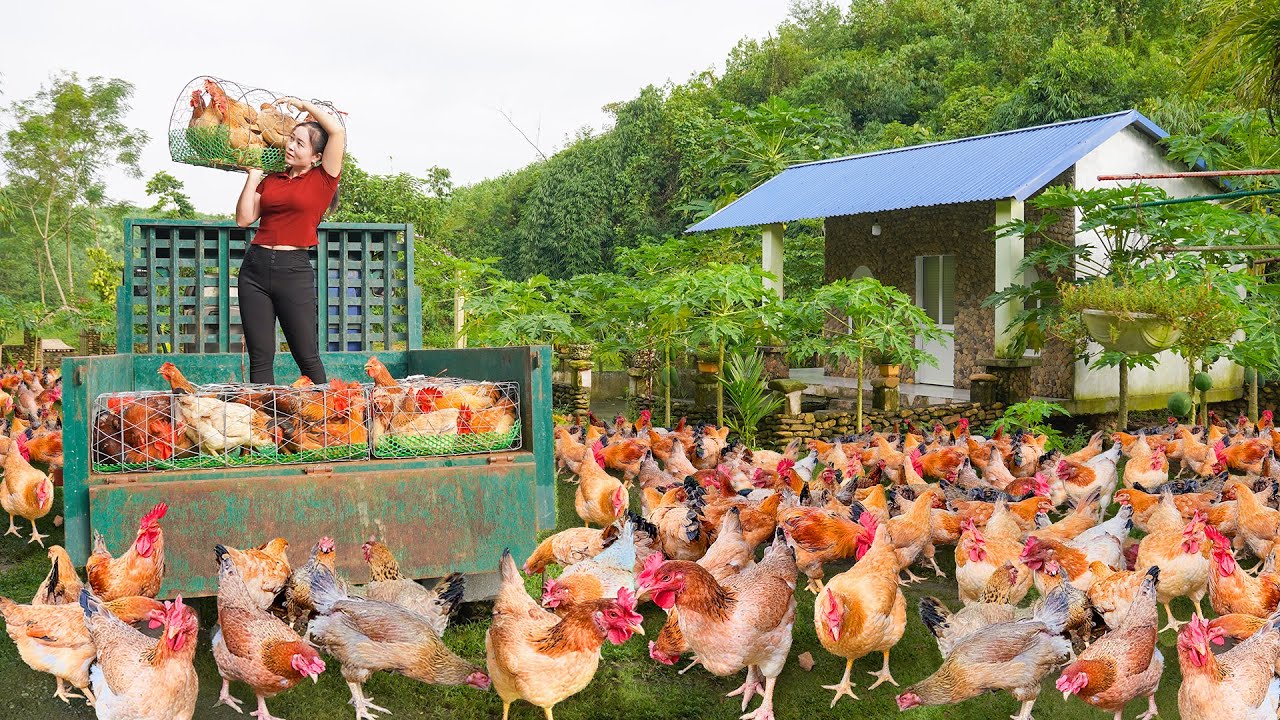

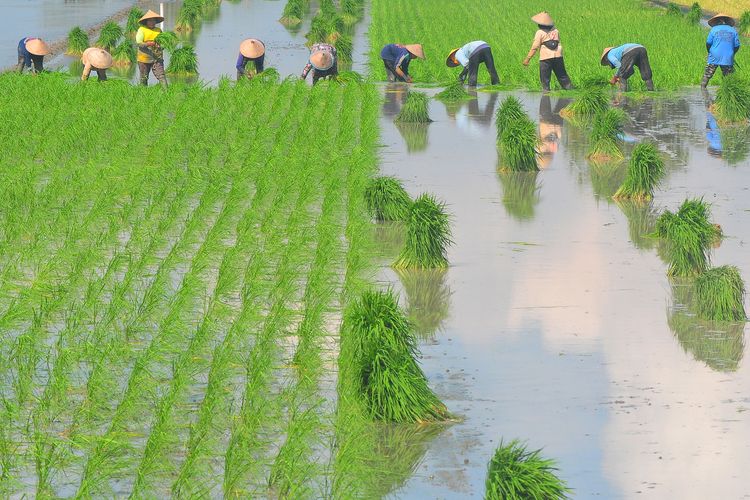
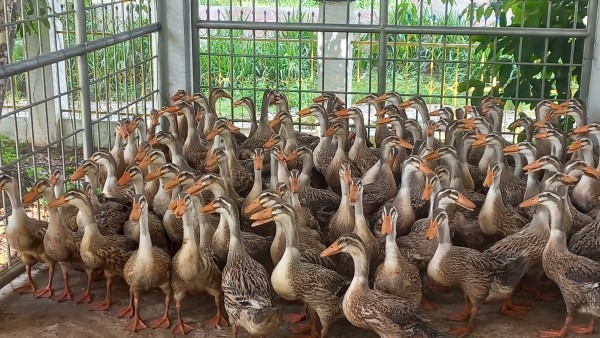
Interesting points about adapting to evolving player tendencies! Seeing platforms like jljl 2025 slot focus on security & user experience is smart for the Asian market-essential for building trust & long-term engagement. Good read!
Scratch cards always felt so…instant! It’s cool to see gaming evolving beyond that, with platforms like PH987 login register anticipating what players want next. Predictive algorithms sound wild – a truly forward-thinking approach! ✨
Dice games are so much fun, especially when platforms make it easy to play! Seeing options like GCash on queen ph online casino is a huge plus for accessibility. Great to see localized payment solutions being prioritized! 👍
Hey y’all, just wanted to chime in about 9pgame. Easy to use for gambling that doesn’t require a huge investment. Got a few wins! If you’re looking for something different, try 9pgame.